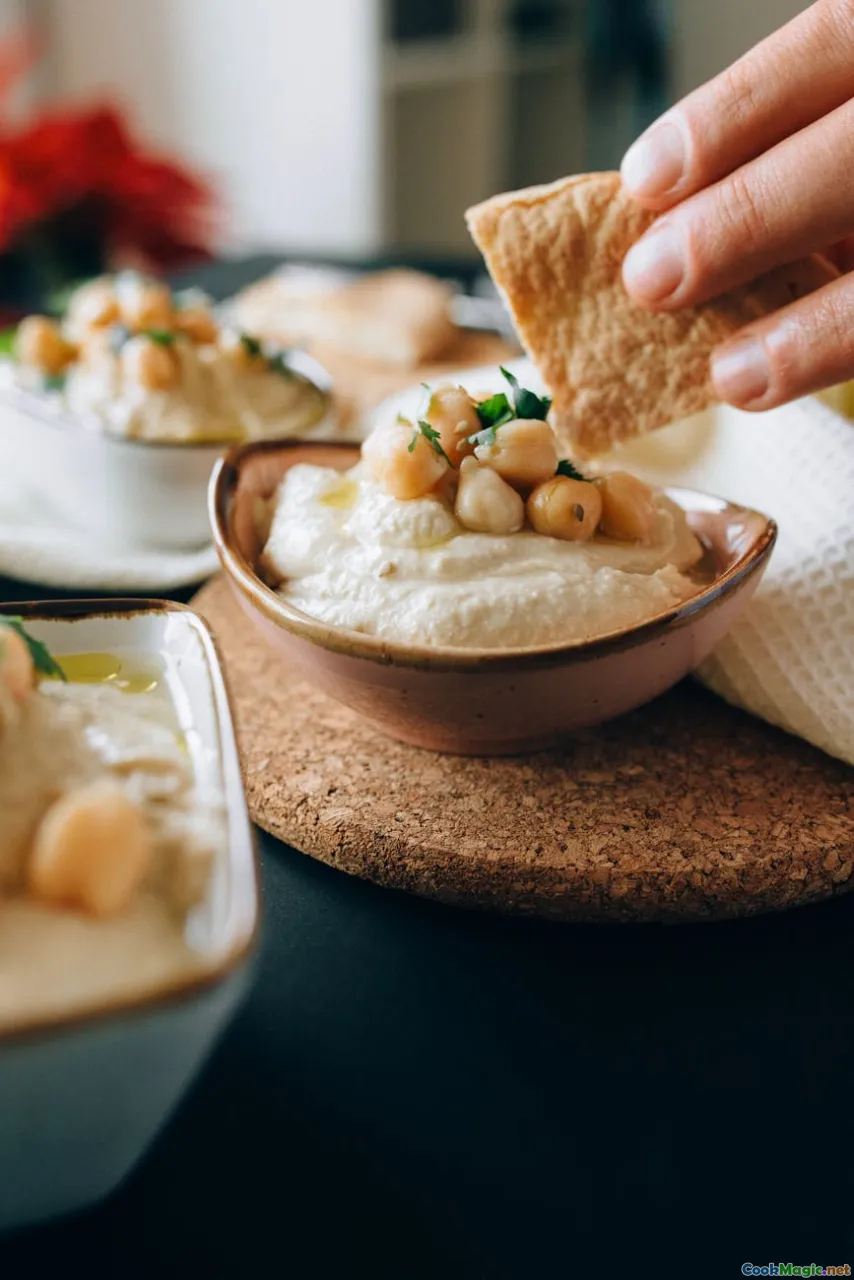Impact of Urbanization on Kinshasa Street Food
8 min read Exploring how rapid urban growth reshapes Kinshasa's vibrant street food scene, blending tradition with modern influences amid a dynamic cityscape. June 09, 2025 06:01
Impact of Urbanization on Kinshasa Street Food
Introduction: The Pulse of Kinshasa’s Street Food Scene
Imagine walking through the bustling streets of Kinshasa at sunset, where the air is thick with the aroma of grilled plantains, spicy grilled fish, and sizzling moambe sauce. These scents are more than mere flavors; they are the heartbeat of a city that has thrived for decades on its vibrant street food culture. Yet, behind this lively tapestry lies a story of transformation—urbanization reshaping traditions, redefining identities, and challenging the very essence of Kinshasa's culinary soul.
From the chaotic chaos of makeshift stalls to the sleek, modern food trucks, Kinshasa’s street food scene exemplifies resilience and adaptability. But as the city expands rapidly, what does this mean for the flavors, techniques, and cultural significance of its beloved street dishes?
This article takes you on an immersive journey into the complex interplay between urban growth and street food in Kinshasa, revealing how tradition and modernization collide, coexist, and ultimately create a new culinary narrative.
The Cultural Significance of Street Food in Kinshasa
A Reflection of Identity and Community
In Kinshasa, street food is more than nourishment; it’s a vital thread woven into the social fabric. Vendors, often family-run, serve as custodians of tradition, preserving recipes passed down through generations. The humble liboké(grilled fish marinated in local spices) or the fragrantfoufou (pounded cassava dough) are not just dishes—they are stories, memories, and symbols of Congolese resilience.
An Economic Lifeline
Street food provides livelihoods for thousands, especially in a city where formal job opportunities are limited. These stalls and vendors form a vital part of the local economy, offering affordable, accessible, and authentic tastes that define the city’s culinary identity.
The Sensory Experience
Kinshasa’s street food is a sensory symphony—crisp textures, smoky aromas, vibrant colors, and bold flavors. The tactile crunch of fried plantains, the spicy heat of grilled nyama, and the sweet scent of roasted peanuts create an immersive experience that engages all senses.
Historical Roots and Evolution of Street Food in Kinshasa
Origins of Congolese Street Food
Historically, Kinshasa’s street food scene emerged from traditional village cuisine, adapted over colonial and post-independence eras. Influences from neighboring countries, Belgian colonial history, and indigenous ingredients have all played a role in shaping its diverse offerings.
The Role of Markets and Informal Economy
Markets like Marché CentralandMarché de la Liberté have long been hubs where vendors gather, innovating with available ingredients. These bustling centers foster communal interactions and serve as incubators for new culinary trends.
Transition Through Urbanization
As Kinshasa experienced rapid growth from a modest town to a sprawling metropolis, street food vendors faced new challenges—space constraints, regulatory pressures, and competition from formal food establishments. Yet, many adapted, turning to mobile carts and innovative setups to survive.
Urbanization: Catalyst for Change or Threat?
The Modernization of Food Vending
Urban development has introduced sleek food trucks, modern kiosks, and organized markets, elevating the street food experience. These changes bring cleaner environments, better hygiene standards, and wider variety.
Loss of Traditional Stalls and Cultural Erosion
Conversely, rapid development has led to the disappearance of traditional vendors, threatening the preservation of authentic recipes and local food practices. Gentrification often displaces longstanding vendors, eroding cultural continuity.
Infrastructure and Accessibility
Modern infrastructure—roads, electricity, water supply—has improved, making street food more accessible and safer. However, disparities remain, with many vendors lacking access to these amenities, perpetuating inequality.
Regulatory and Safety Concerns
Urban authorities impose health and safety regulations, which, while beneficial, can also be burdensome for small vendors. Striking a balance between modernization and tradition remains a challenge.
The Fusion of Tradition and Innovation
Modern Influences and Global Trends
Globalization introduces new ingredients, culinary techniques, and presentation styles. Young vendors experiment with fusion dishes—like moambe sushiorbanana fritters with caramel sauce—merging local flavors with international trends.
Technology and Social Media
Smartphones and social media platforms have revolutionized how vendors market their offerings. Viral videos and online reviews attract a broader audience, transforming street food into a cultural export.
Sustainable Practices and Local Ingredients
Sustainable urban farming and sourcing local, seasonal ingredients are becoming more prevalent, ensuring that tradition remains relevant in a changing environment.
Personal Reflections and Anecdotes
During my visits to Kinshasa, I’ve observed firsthand how street food vendors adapt to the city’s rapid expansion. I recall a young vendor named Didier, who started with a humble foufou stand near the university. Over the years, as the neighborhood grew and modernized, Didier upgraded his cart, incorporated new spices, and even started offering vegan options to cater to changing tastes.
One evening, I sat on a plastic stool, savoring grilled pili pili chicken, its smoky aroma mingling with the cool night air. Locals gathered around, sharing stories, laughter, and flavors—proof that despite the changing landscape, the soul of Kinshasa’s street food endures.
Conclusion: A Resilient Culinary Future
The impact of urbanization on Kinshasa’s street food is a complex narrative of loss and renewal. While modernization threatens some traditional practices, it also opens avenues for innovation, sustainability, and global recognition. The challenge lies in preserving the cultural essence of street food while embracing the opportunities of urban growth.
Kinshasa’s street food remains a vibrant testament to its people’s resilience, creativity, and love for flavor. As the city continues to evolve, so too will its culinary stories—rich, diverse, and ever-adapting, reflecting the vibrant spirit of Kinshasa itself.
In the end, the streets of Kinshasa are more than pathways—they are living, breathing markets of history, culture, and hope, serving dishes that tell stories as old as the city itself.









